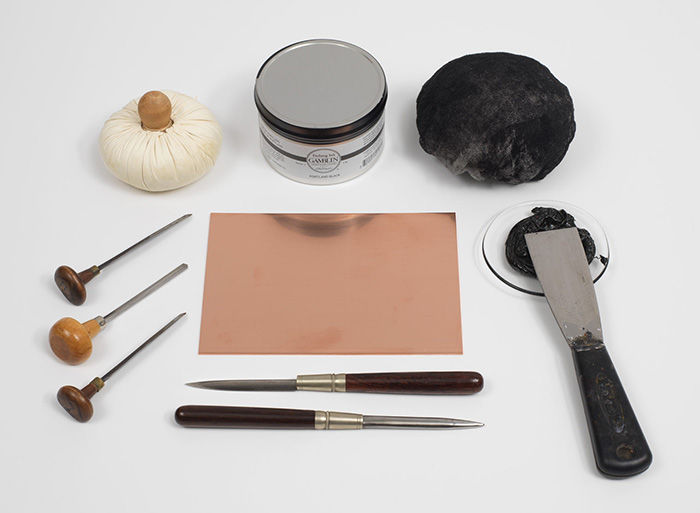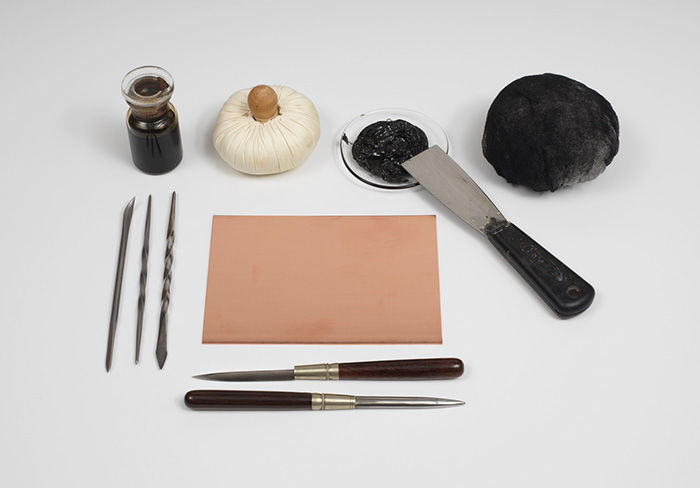Song Sparrow. Fringilla melodia [current name: Song Sparrow. Melospiza melodia], from "The Birds of America," plate 25 [later XXV]
Not on view
This print from Audubon's The Birds of America represents male and female birds perched on small branches. The male is shown above, its head pointed skyward and beak open toward a spider. It grasps its perch with one foot only, has white breast feathers at center with spots of black, rust and grey towards the neck. As seen from below, the wing and tail feathers are grey. The female appears below in profile facing right, its beak open as it looks at a small flying insect. Feathers on its back are grey, rusty brown and black. The birds are shown amongst Wortle Berry [Huckleberry] which has small leaves and and white and pink flower buds. The artist's related painting is inscribed "Montgomery County, Pennsylvania, 1812" and likely was improved later. Audubon and his wife Lucy lived in Kentucky in 1812 but went back to visit her family at Fatland Farm, Pennsylvania. This was next door to Mill Grove, where Audubon lived before their marriage.
Audubon placed the birds in his prints amongst plants native to their habitats, a significant departure from traditional natural history drawing practice. Also innovative was to often show birds in movement and, when more than one appear, from different points of view to display more of their plumage. Engraved text below gives English vernacular names for the birds followed by Latin, with plants identified in the same way. Full sets of The Birds of America contain 435 life-sized depictions. Over thirteen years, subscribers periodically received sets of five prints (each set containing images of two small, one medium sized and one large bird species). Engraved numbers at upper left and right identify the set number and individual plate number. Double elephant-folio sized sheets of paper were used, no matter the size of the printing plate, to allow the sets to be bound together once complete. Fewer than two hundred full sets were produced. When later divided, previous owners of individual prints often trimmed the margins. This work retains its original margins.


